Mitsubishi Magna Verada 1996 2005 Haynes Service Repair Manual
Mitsubishi Magna and Verada Haynes Owners Service and Repair Manual 1996-2005NEW - paperbackOther Mitsubishi Car Repair Manuals click hereMitsubishi Magna & Verada 1996 - 2005 Haynes Owners Service & Repair Manual covers Magna Series: Verada Series: Does not include 4 cylinder models. Petrol Engines covered: Transmissions covered: Contents: NOTE: Only maintenance, adjustment, minor repair procedures plus removal and installation are described for the Transmissions. Does not Cover All Wheel Drive models. Please note: This is an Australian Manual and it does not cover Diesel engines unless specified. Inside this manual you will find: Routine Maintenance, tune-up procedures, engine repair, cooling and heating, air-conditioning, fuel and exhaust, emissions control, ignition, brakes, suspension and steering, electrical systems and wiring diagrams. Haynes repair manuals can save you money on maintenance and repair bills. Step-by-step procedures and illustrations guide you through every job, from basic maintenance and troubleshooting, to complete teardown & rebuild. |
MMAL made the Magna/Verada at its Clovelly playground, South Australian Continent plant. Nearly all their engines---most notably, the first four-cylinder Astron II (codenamed 4G54) and subsequent Cyclone V6 engines (codenamed 6G72 and 6G74)---were made at the Lonsdale, South Australia plant.
The Mitsubishi Diamante is a car manufactured by Mitsubishi Motors between 1990 and 2005.
Initial show was a hardtop introduced towards public within Tokyo Motor tv show in 1989. They went on sale in Japan exclusively in-may 1990 and obtained that seasons's Japan Car of the Year honor. It absolutely was created by splicing a supplementary 6.6 cm right down the center of the Mitsubishi Galant, which itself have claimed the Japan Car of the season prize in 1987.
Title Diamante ended up being based on the Spanish, Portuguese, and Italian keyword for "diamond" and ended up being used also as homage into Mitsubishi badge. In Japan, this automobile is offered at a specific retail sequence labeled as vehicles Plaza.
From 1991, a more main-stream Diamante-derived Mitsubishi Sigma sedan has also been built in Japan because of its domestic and European export markets. It became the basis for the second generation Magna individually integrated Australia. Its Australian deluxe derivate, offered as Verada, became the Diamante for export areas including brand new Zealand and united states a year later. The truck version has also been exported including to Japan.
There have been hearsay that the Diamante is either maybe not designed for a Japanese release, or it may have-been planned as a low-volume model. The explanation for this argument is that until 1989, the circumference of vehicles is an important indicator of taxation class. The Diamante, being broader than the 1,700 mm (66.9 in) breakpoint, could have suffered a large tax punishment against the majority of its competitors, of built to be just below limit. At that time, Mitsubishi's image has also been considered less than perfect for the marketing of an extra car---its most high-priced supplying your time, the Debonair, ended up being mainly regarded as a business vehicle project for Mitsubishi conglomerate professionals. The Diamante's introduction is the consequence of the Honda Legend, which caught providers by surprise when it starred in 1986, inspiring the creation of the Lexus and Infiniti divisions, including various executive car lessons automobiles is modified as a result. Mitsubishi needed seriously to contend with the Legend therefore the Diamante ended up being the effect.
However, the taxation circumstance had changed in 1989, together with Diamante became the shock hit of 1990. Amidst Japan's bubble economic climate, many exclusive vehicles people looked for an executive vehicles in a market that had not many latest offerings that season.
Following a stated A million developing cost, Mitsubishi launched the Magna to Australia in April 1985, initially as a sedan only model, but with a station truck included in June 1987. It had been produced at Tonsley playground, Southern Australian Continent. MMAL designated this first Magna while the TM show, because of the 1987 and 1989 updates known as the TN and TP series, correspondingly.
Magna GLX sedan (TM)
Magna SE sedan (TN)
Mitsubishi created the Magna as an alternative for the rear-wheel drive (RWD) Sigma. Formerly, Mitsubishi have a bigger families automobile in the shape of the primarily six-cylinder Chrysler Valiant, passed down upon MMAL's takeover of Chrysler Australia's businesses in 1980. Nonetheless, the Valiant ended up being create of manufacturing listed here year, making the medium-sized Sigma MMAL's largest supplying. When an upgraded became due, MMAL opined that a car's width ended up being an essential aspect to Australian purchasers who possess usually favoured big cars. Consequently, to compete more effectively contrary to the big RWD competitors, viz. the Ford Falcon and Holden Commodore, former Chrysler designers today employed by MMAL, created a wider mid-sized vehicles particular on Australian market. This design based on the fifth-generation Japanese Mitsubishi Galant (Sigma), a front-wheel drive (FWD) automobile released in August 1983. Engineers carried out this by splicing a supplementary 65 millimetres (2.6 in) of width through Galant's human anatomy by strengthening it for Australian path circumstances. Mitsubishi engines codenamed these cars as "YF" and "YFW"---"W" for "wide". To emphasise the size benefit of the Mitsubishi over various other method vehicles, it was called Magna---deriving from the Latin keyword magnus, meaning "big".
In April and July 1996, MMAL correspondingly introduced a new generation Magna and Verada, which were broadly based on the pillar-less Japanese 2nd generation Diamante that Mitsubishi aspired become a BMW competition in the US market.
The expense of the Australian venture was some A0 million and both vehicles obtained the 1996 tires automobile of the Year award, with judges praising the vehicle's affordable.
As is the outcome using the second generation, the TE and KE show provided exactly the same system, that was codenamed "YR". Their bodies were larger (10 mm or 0.4 in higher and longer than the TS show but near the KS show) and stiffer (13 percent most) however only marginally more substantial (by significantly less than 20 kilograms or 44 pounds) than before by way of its greater aluminum building. This new Magna and Verada also have coupe-like frameless house windows plus thinner centre/B-pillars, with an increase of front and rear legroom and boot area. The Verada had been again distinguished by most luxurious accessories and longer forward and back bumper pubs to satisfy US protection guidelines. Around, unlike the Verada, Magna's cabin had been ruled by dark grey trim that, along with the highest waist, caused some criticisms about a claustrophobic "bunker" impact.
Magna's powerplants included, for the first time, a Japanese-imported 2.4-litre four-cylinder (codenamed 4G64-S4) with 90 per cent latest components in accordance with the associated motor fitted regarding previous Magna. There were also newer Australian-made V6 motors with a 3.0-litre capability (codenamed 6G72) for the Magna and a 3.5-litre displacement when it comes to Verada (codenamed 6G74). The V6 came back official city and highway gasoline consumption numbers of 10.5 L/100 km (22 mpg-US) and 6.6 L/100 kilometer (36 mpg-US), respectively.
The initial systems included the Executive and Altera (earlier, the SE), both offered with a choice of either engine and four-speed automated or five-speed guide transmissions. From October 1996, fully furnished Advance and Altera LS brands (the latter, the equivalent of the prior Elite design) had been included. The 2.4-litre four-cylinder motor created 105 kW (141 hp) and 205 N*m (151 lb*ft), as the 3.0-litre V6 produced 140 kW (188 hp) and 255 N*m (188 lb*ft), claiming a markedly quicker 100 km/h (62 mph) sprint and improved 80 to 100 km/h (50 to 62 miles per hour) acceleration days. The four-speed digital "INVECS II" automated transmission is newer and may adjust to the driver's structure of use and path circumstances to select the optimum equipment for situation, through "fuzzy-logic". Although the power-assisted rack-and-pinion apparatus had the exact same installation things because the Diamante, the equipment are made to MMAL's standards in Australia, by TWR. Suspensions had been separate (MacPherson struts) at the front, as opposed to the multi-link styles regarding the Diamante, which however contributed its back multi-link towards the Australian Continent sedan (while the wagon followed an alternate plus lightweight design altogether). Brake system included disks all over (front ventilated) aided by the choice of a Bosch 5.3 ABS. The braking system additionally included Australian Continent's very first "Banksia" parking brake (manufactured by PBR), some 10 to 20 percent lighter and cheaper than old-fashioned methods at the time.
The Verada is offered as an Ei or Xi design, best available using the 3.5-litre V6 (which created 147 kW (197 hp) and 300 N*m (221 lb*ft)) mated to a computerized transmission. Its finest specs once more formed the foundation of MMAL's export programme, getting the only Diamante for many world areas except Japan, where a Japanese-built Diamante stayed offered. Mitsubishi planned to export 25,000 units each year to 18 countries. In its biggest market---the United States---the Diamante had been situated to compete into the "near deluxe" section. In brand new Zealand, the V3000 badge had been retired in addition to new Diamante offered there contains rebadged Australian models of the Magna and Verada, as opposed to Diamantes with exclusive specifications for many more world export areas.
The manager is the basic model that featured: power steering, four-speaker audio system, energy mirrors, remote boot and fuel filler production, main locking and an engine immobiliser. The Altera design, that was a mid-entry level design, added: air-conditioning, energy microsoft windows and cruise controls. Choices included: airbags for driver and traveler, abdominal muscles, a CD athlete and alloy tires. Subsequent improvements toward model range included the Advance (safety-package) together with Altera LS (mid-luxury package), which showcased ABS, airbags, CD player and alloy rims as standard.
The TE series was launched with a preliminary palette of eight tints. Four were held more than from past TS Magna (for example. Paris White, Calypso Red, Arctic Blue, and Maderia (maroon)) and another four had been recently launched (i.e. Silverleaf (silver), Kashmir (light beige), Greenstone and Embassy (charcoal grey)). A short-lived Olive Green colour was made available belated production when you look at the TE/KE manufacturing and Atlantis azure (deep sapphire blue pearl) had been unique to the Verada.
The TE and KE series had been the most aerodynamic automobile manufactured in Australian Continent with a drag coefficient of Cd=0.28. This accomplishment ended up being as a result of a sweeping roofline (which, however, compromised rear headroom) and specific things like "flag" outside rear-view mirrors, fixed to separate home articles rather than being more usually installed right on the front door A-pillar triangle.
a wagon version was released in March 1997, with a drag coefficient of Cd=0.33, but was quickly changed by the TF series equivalent three months later.
The 6G72 try a 2972 cc engine. Bore are 91.1 mm (3.59 in) and swing was 76 mm (3.0 in). SOHC 12-valve, SOHC 24-valve, and DOHC 24-valve models are produced.
The latest version is found in the Mitsubishi Eclipse GT and Galant. Result in 2004 was 210 hp (157 kW; 213 PS) at 5500 rpm with 278 N*m (205 lbf*ft) of torque at 4000 rpm. In elderly version, used in many Chrysler products since 1987 this V6 ended up being a SOHC 12-valve developing 141 hp (105 kW) at 5000 rpm and 172 lb*ft (233 N*m) of torque at 3600 rpm. The Mitsubishi models had been with a 3.0 Litre 6G72 engine SOHC 24-valve developing 195 hp (145 kW) at 5000 rpm and 205 lb*ft (278 N*m) of torque at 4000 rpm.For the MIVEC motor production try 201 kW (273 PS; 270 hp) at 6000 and 304 N*m (224 lbf*ft) at 4500.
The SOHC 12-valve when it comes to second generation of Pajero can provid 109kw and 235N*m,the SOHC 24-valve can provid 133kw and 255N*m.
The DOHC 24-Valve was utilized in the Mitsubishi Debonair, 3000GT and Dodge Stealth producing 222 horse power (166 kW) and 205 lb force-feet (278 N*m) of torque in naturally aspirated form, so when much as 320 horsepower (240 kW) and 315 pound force-feet (427 N*m) of torque in turbocharged form. Each lender of the V6 have its independent turbocharger and intercooler. Turbo chargers are built by Mitsubishi. They certainly were water-cooled assure extended service life.
The 6G74 are a 3,497 cc 24-valve device offered with either SOHC, DOHC, or MIVEC DOHC. Bore are 93 mm and swing try 85.8 mm. Output the SOHC variation differs from 139 kW (189 PS; 186 hp) at 4,750 rpm with 306 N*m (226 lbf*ft) of torque at 3,750 rpm into the Pajero toward finest result of 163 kW (222 PS; 219 hp) at 5,250 rpm with 317 N*m (234 lbf*ft) of torque at 4,500 rpm within the Australian-made Magna recreations, VR-X and Verada GTV/GTVi and 180 kW (240 PS; 240 hp) at 5,500 rpm with 333 N*m (246 lbf*ft) of torque at 4,000 rpm inside Magna Ralliart. For the MIVEC, only available in the Mitsubishi Pajero Evolution, the production are 194 kW (264 PS; 260 hp) at 6,000 and 324 N*m (239 lbf*ft) at 4,500 rpm. It utilizes MFI gasoline injection and makes use of forged metal connecting rods.
The gas direct shot type of the 6G74 was released in April 1997 while the first GDI V6 system ever before created. They differed from the fundamental 6G74 in lots of ways apart from its unique gas shot program --- it had a crown-curved versus flat burning chamber, upright intake ports rather than angled, and a 10.4:1 in the place of 10.0:1 compression ratio. Mitsubishi claimed 30 % better gas economic climate, a 30 percentage reduction in emissions, and higher power outputs than diesels.
The TF/KF show had been introduced in Summer 1997. Magna's number consisted of five products: Executive, Advance, Altera, Altera LS and activities. The 2.4-litre four-cylinder engine ended up being observed only within the professional. These cars offered redesigned wheel covers, speed-limit alarm and upgraded indoor trims, including cup holders. The Executive and Advance had been identical to look at but the Advance had a unique internal trim and is fitted as standard with airbags and ABS. The full colour-coded Altera and Altera LS launched power windows and many other available choices like twin front side airbags. Handbook transmissions became only on manager, Advance, Solara and recreations. From Summer to August 1998, a finite edition Solara had been introduced and it included all Advance qualities as standard, plus: alloy rims, colour-coding, "Solara" badging on the rear doors at the underside right-hand side of the boot.
The Magna Sports ended up being for sale in only four colours: Paris light, Calypso Red, Nautilus Blue (deep-blue), and Frontier Green (deep green), the latter two tints becoming not used to the TF show. This new-model carried all the standard options that come with the manager model which it absolutely was built, plus a deck lid spoiler, purple side strip, 16-inch alloy tires (same as the Verada Ei, but polished), and unique internal trims eg a metal-style tool group fascia. Its V6 had been standard as on all Magnas, but just the recreations might be optioned with a manumatic Sports Mode four-speed automated transmission featuring for the first time on an Australian-built vehicle, a manual moving work (via an additional transmission gate airplane to the right of standard gear roles, with "push-forward" upshifts and "push-back" downshifts). The Sports have enhanced handling faculties thanks to the connection of an 18 mm back swaybar (a rear bar swaybar was not fitted to the conventional Magna), 11 percent harder rear springs, harder higher control supply and trailing arm shrubbery, and suspension level decreased by 10 mm. Choices included dual airbags and ABS. This unique model represented MMAL's foray into the Australian stylish household passenger automobile industry, as well as a preliminary and very long overdue departure from more traditional Japanese item thinking. The Sports' manufacturing stopped after September 1998.
The 3.5-litre motor that powered the KF series Verada was identical to that fitted to the KE show. Its biggest adjustment, such as the TF series Magna, included new wheel styles and cabin trim, revised colours and a specification modification -- such an over-speed warning product, cupholders and standard twin front airbags.
A number of latest colour (Cocoon light (pearl-white), Astral Blue (metallic blue), Lugano Green (pearl blue/green) and Burra (pearl dark red/bronze)) are launched throughout the subsequent creation of the TF show together with final unit built came out in December 1998.
About 60,000 TF Magna's had been built and over 5,000 KF Verada's for Australian roads.
The TH series premiered in March 1999 with the very first instances built in December 1998. The expense of this upgrade (like Verada versions) achieved A million, which gone towards enhanced availability of the 3.5-litre V6 engine and a matching manual transmission plus specs and trim changes throughout the range.
From the engine front, actually, considering slow purchases and developing consumer-preference to get more powerful engines, Magna's imported four-cylinder was dropped. Currently, the 3.0-litre V6 became standard and Verada's 3.5-litre motor furthermore became a Magna solution. The 3.0-litre V6 is fitted and then the professional, while other products could possibly be powered by the earlier Verada's 3.5-litre V6 (recommended on administrator).
Cosmetic changes included changes toward fundamental build of automobile, such an even more aggressive forward grille, redesigned rear, revised interiors, redesigned wheel protects and alloy tires. Air cooling ended up being made standard throughout the range. Many colour modifications also happened: Calypso Red had been replaced with Sienna Red, while Sable Black pearl (pearl black colored with green flakes) took the area of Embassy gray. Riversand, a new strong beige metallic color, has also been introduced in April 1999 as had been Mawson light, a brighter much more pure white (pictured appropriate) and Pewter (metallic silver), which changed Silverleaf. Island Blue and Glacier Green (aqua blue/green) are two various other new colour applied to the TH but are uncommon.
The TH and KH sets claimed the honours of being initial Australian-made automobile with a four-channel ABS featuring a digital Brake-force circulation (EBD) system---a Bosch 5.3 component. Another brand new crucial function had been an 8-function travel computer and integrated anti-theft home security system. The model range included: exec (guide and car); Advance (manual and automobile); Altera LS (auto) and Sports (handbook and activities Mode automated).
MMAL additionally became the first Australian manufacturer to supply a grip control program labelled "TCL" (definition, Trace controls reasoning), that was switchable and at first available only on Magna Sports. A finite edition Solara ended up being re-introduced later in 1999 plus the V6 Si in April 2000. Altera LS was stopped at the end of 1999, due to its closeness to your Verada Ei. The 1999 designs lacked V6 badges however the 2000 systems frequently showcased these on the straight back lower correct end of this boot lid. The very last TH series manufacturing between May and Summer 2000, had been 1000 Executive LS models (automatic only), which were similar to the discontinued Altera LS but without power microsoft windows, dual airbags and less colour-coding (e.g. unpainted black mirrors).
A Magna Sports participated in the Australian GT Production automobile Championship, with differing success, driven by MMAL engineer and privateer, Robert Chadwick. The vehicle featured forward restricted slip differential (LSD) later on taken to manufacturing in the TJ show Magna Ralliart.
Solitary overhead camshaft (SOHC) try a design for which one camshaft is put inside the cylinder mind. In an inline system, what this means is there clearly was one camshaft in head, though in a system with more than one cylinder head, including a-v engine or a horizontally-opposed motor (boxer; level engine) --- there are two main camshafts: one per cylinder bank.
Within the SOHC build, the camshaft works the valves directly, typically via a bucket tappet; or via an intermediary rocker arm. SOHC cylinder minds are more affordable to produce than two fold expense camshaft (DOHC) cylinder heads. Timing buckle substitution can be convenient since you can find fewer camshaft drive sprockets that have to be lined up through the substitution treatment.
SOHC designs provide paid down complexity in comparison to overhead-valve designs --- whenever utilized for multivalve cylinder minds, which each cylinder features above two valves. An example of an SOHC design utilizing shim and container valve modification is the motor put in when you look at the Hillman Imp (four-cylinder, eight valve); a small, very early 1960s two-door saloon automobile (sedan) with a rear attached aluminium-alloy motor in line with the Coventry orgasm FWMA race engines. Fatigue and inlet manifolds had been both on a single region of the motor block (hence maybe not a crossflow cylinder mind build). This did, but offering exemplary use of the spark plugs. An infinitely more efficient crossflow, "hemi-head" set of roller chain-driven, single-overhead camshaft valvetrain cylinder minds when it comes to seven litre displacement American Ford FE V-8 motor in 1964 caused it to be in to the Cammer V8 engine, supposed to straight challenge the racing prominence for the seven litre displacement Chrysler "elephant" overhead valvetrain Hemi system in early-1960s NASCAR competition, but insufficient homologation the Ford "cammer" in US stock car race resulted in its use almost exclusively in NHRA drag rushing competition of the sixties.
During the early 1980s, Toyota and Volkswagen Group also put a directly actuated, SOHC synchronous valve setup with two valves per cylinder. The Toyota system put hydraulic tappets, while the Volkswagen program utilized bucket tappets with shims for valve clearance modifications. Of all valvetrain techniques, this is basically the least complex configuration feasible.
Because of the establish for the TJ series in July 2000, Magna supplied revised styling. The car's overall form remained the same as the last TE to TH show, with the exception of an elevated main section for the bonnet closing with a beak splitting leading grille, creating some reporters coin the phrase "bird of victim". Magna recreations additionally the new VR-X design showcased similar one-unit turn-light/double parabolic headlights as Verada. At the back, the boot-lid showcased a recessed center area and newer end light lenses with new-trend circular lit chambers. The cost of this improvement had been some A million.
Magna Advance sedan (TJ Series 2)
Magna professional 3.0-litre wagon (TJ)
A unique new-chromed Mitsubishi badge was also launched, changing the greater conventional red triple diamonds. MMAL's proposition to utilize a black Mitsubishi badge to distinguish the Magna sports number is declined by Japan's conservative administration. Another external improvement in the TJ show ended up being the substitution of the chrome-look screen surround with a more contemporary black colored fitting (Verada designs preserved the greater amount of luxurious chrome).
A number of brand-new tones were introduced including a rather bright Island Blue (aqua) and Glacier Green (green aqua, both utilized on some previous TH series in 1999), which were discontinued after just a few period of manufacturing. In May 2001, an innovative new darker Pacific azure colour had been launched to displace the simply discussed two tones and flame-red was also reintroduced toward number, mainly since the hero colour for the subsequent Ralliart design. Sapphire-blue and Daintree Green had been added also and proved preferred. Gray and beige interior options are distributed around any outside color in Executive/Advance, with grey usually the standard, becoming the actual only real choice regarding Series 2 considering its greater deals appeal. Products amount enhanced into the TJ show with a driver's airbag and CD player today standard throughout the range.
The TJ series carried within the past 140 kW (188 hp) 3.0-litre V6 (6G72) for the manager designs, that could today be enhanced using recommended 150 kW (201 hp) 3.5-litre V6 (6G74), usually suited to all other versions as standard. This lead to Executive products with a 3.0-litre motors becoming exceptionally uncommon and, finally, fallen altogether in subsequent show.
Unlike 6G74-based engine available in Japan, the Australian-built V6 nevertheless have 24 valves but put an individual overhead camshaft (SOHC) build in place of a far more complex and pricey two fold overhead cams (DOHC) design.
Recreations and VR-X showcased a larger 2.5-inch free flowing recreations fatigue system, small adjustment on timing and duration of valve opening (both inlet and fatigue), which boosted power up to 163 kW (219 hp), resulting in a reasonably sporty exhaust tone and class-leading efficiency amongst Australian-made sport sedans. Their system was sold as a "high result" unit to tell apart it through the main-stream 150 to 155 kW (201 to 208 hp) variation fitted on all the Magnas and Veradas.
At launch, the model variety of the TJ and KJ sets comprised: the Magna manager, Magna Advance sedan and wagon, Magna recreations sedan, Magna VR-X sedan, Verada Ei sedan and truck, and Verada Xi sedan.
The Magna recreations featured full outdoor color coding, six-spoke 16x6-inch alloy wheels, enhanced suspension system and swaybars and a deck lid spoiler shared with the Magna VR-X. The mechanically comparable VR-X shared these properties, and have aggressively fashioned front and back bumper spoiler extensions, wheel arch extensions, side dresses and enormous diameter round chrome exhaust tip. Around, the recreations and VR-X in addition provided white instrument cluster dials, sports cloth seat trim and forward chair backrests embroidered with all the respective designs' name. The automated VR-X additionally had a chrome gear gate passed down from Verada. The following and rare Magna Sports truck (created just with the TJ show) is fitted with a full bodykit featuring silver accents, unlike the recreations sedan that featured best had a deck cover spoiler.
Automated Sports and VR-X (including Verada) brands were today installed with a five-speed activities Mode transmission with "TCL" traction control system, making Mitsubishi the first Australian manufacturer going beyond the then typical four-speeds. At the same time, manual transmissions were fallen through the wagons, which attained standard automatic transmissions.
In October 2000, MMAL provided a limited-run Magna Solara, which was in line with the Advance. Within it featured a four-disc in-dash CD athlete, while externally it absolutely was distinguished by 15-inch "Manta" alloy tires as standard, two-tone paint finish and body-coloured external mirrors, front grille and door part mouldings.
The TJ show was the main topic of many rolling changes, from might 2001 spearheaded by an enhanced VR-X number, followed by that September 2001 affecting all designs such as the Verada range (officially known as the MY02 series) and culminating using TJ and KJ show 2 in July 2002. In 2002 and 2003, the TJ show was also bolstered because of the Magna Ralliart and by the Magna and Verada AWD range, respectively. With all the KJ show 2 change, MMAL launched the limited-run Verada GTV, that used drivetrain the different parts of the Magna recreations and VR-X. This consequently became a permanent model rebadged since the Verada GTVi from March 2003.
Total production of the TJ and KJ series as after 2001, hit 43,492 devices with 19,215 shipped on people, unique Zealand, Puerto Rico and also the center East (where Magna additionally finished up supported as an Iraqi authorities patrol cars). The highest honor won by this show was the Diamante's title of the latest Zealand's Car of the season for "ideal Large Car".
In 2001, a Magna TJ recreations won lessons D for the GT manufacturing Showroom Showdown battle at Bathurst and a V8-powered RWD Magna contested the V8 Future Touring lessons for the 2000--01 Australian Super Touring Championship. The Magna VR-X was voted the best-value performance car regarding Australian marketplace by a News Limited panel of motoring journalists.
With develop and wholesale between May and June 2001, this car was marketed whilst the "VRX-tra". It featured the above outside upgrades plus interior improvements that were element of a "Leather Pack" available in two section. The recommended "bring 1" included:
Special black fabric/Howe fabric trim with "VR-X" embroidered front seating in either blue or purple with matching home panels, based external paint (in other words. blue with Pacific Blue, Sapphire Blue and Mawson light paint; red with Sienna Red, Pewter and Sable (black colored))
Colour-coordinated tool cluster (blue or red with "VR-X" inscribed rev counter)
Two-tone black colored leather covered tyre with perforated gold inserts (which later became an optional accessory for several products)
Silver panels when it comes to centre console
Verada-sourced fixtures such as for example upgraded eight-speaker speakers with power antenna and in-dash four-CD stacker plus upgraded journey computer system with twin readout.
The optional "bring 2" contains all "bring 1" services in addition to the Verada's electric sunroof with front chart and C-pillar lamps. In most, MMAL built 175 of those versions, that 54 are fitted utilizing the five-speed automatic and a sunroof.
August 2001 revision
Included in this improve, officially known as the TJ MY02 show, side effect bars previously installed simply to export brands are additionally introduced for Australian market cars, plus the front doorways today featured power taking in product. The Magna professional got ABS and energy microsoft windows as standard, even though the Advance, Sports and VR-X are each installed with a six speaker speakers (up from four), automated weather controls, front chart lamps, glovebox lamp and energy antenna. The Verada Xi's electric sunroof with front side map lamps and C pillar courtesy lights was now recommended on all products. The Sports is more distanced from VR-X by no further sharing the exact same boot top spoiler, but an inferior variation (which became another recommended accessory over the Magna number, and had been installed as standard on subsequent limited-run brands, the Verada GTV and Diamante VR-X). Power for standard (non "high production") 3.5-litre V6 system risen up to 155 kilowatts (208 hp) compliment of a greater compression proportion and a Karman Vortex airflow meter. The tool group today have a odometer and travel meter, as opposed to the previous analogue setup. The aforementioned motor power enhance additionally considering the Verada number. Moreover, the Ei was today fitted with a brand new chrome grille, while both Ei and Xi obtained brand new build alloy-wheels and illuminated vanity mirrors. With this particular change all cars today had clear front change bezels.
A limited-run Magna V6 Si, based on the administrator sedan, launched in September 2001. Its main services included by 16-inch alloy wheels, cruise controls and power windows as standard. Externally, it had the newest recreations' boot top and body-coloured grille, part mouldings, splash protectors, air dam and home mirrors.
Finally, MMAL furthermore circulated a further and final 95 leather-based packs for VR-X, stated in November 2001.
In March 2002, MMAL furthermore launched the limited-run Magna Commonwealth Games edition. In line with the professional sedan, it had been more equipped with a forward passenger airbag, six-disc CD player, cruise controls, flooring mats and power antenna. Externally, it offers 16-inch alloy wheels, "Commonwealth Games" badging and body-coloured services as on V6 Si.
Mitsubishi Magna Repair Manual - mediacheap.net
mitsubishi magna repair manual might be safely held in your pc for future repairs. This is really going to save you time and your money in something should think about.
Mitsubishi Magna Repair Manual - gsglsm.net
mitsubishi magna repair manual might be safely held in your pc for future repairs. This is really going to save you time and your money in something should think about.
Magna V Mitsubishi Verada TJ TE KJ - car manuals, repair ...
Mitsubishi Magna & Verada V6 TE-TW KE-KW 1996 - 2005 Gregorys Owners Service & Repair Manual NEW paperback Other Mitsubishi Car Repair Manuals click here
Mitsubishi-Magna service and repair manuals
Workshop Manuals Mitsubishi-Magna service and repair manuals. The Mitsubishi Magna became a mid-size automobile available between May 1985 plus September 2005 by ...
Mitsubishi Magna service repair manuals - Winch Books
Winch Books Mitsubishi Magna Repair manuals About the Mitsubishi Magna . The Mitsubishi Magna was a mid-size auto given between May 1985 and September 2005 by ...
Mitsubishi Magna service and repair manuals - motore.com.au
Mitsubishi Magna service and repair manuals The Mitsubishi Magna is a mid-size auto which was available between May 1985 plus September 2005 by Mitsubishi Motors ...
Mitsubishi Magna - Wikipedia, the free encyclopedia
The Mitsubishi Magna is a mid-size car that was produced over three generations between 1985 and 2005 by Mitsubishi Motors Australia Limited (MMAL).
Workshop Manual Mitsubishi Magna | eBay
Find great deals on eBay for Workshop Manual Mitsubishi Magna in Car and Truck Manuals. Shop with confidence.

 0 Items (Empty)
0 Items (Empty)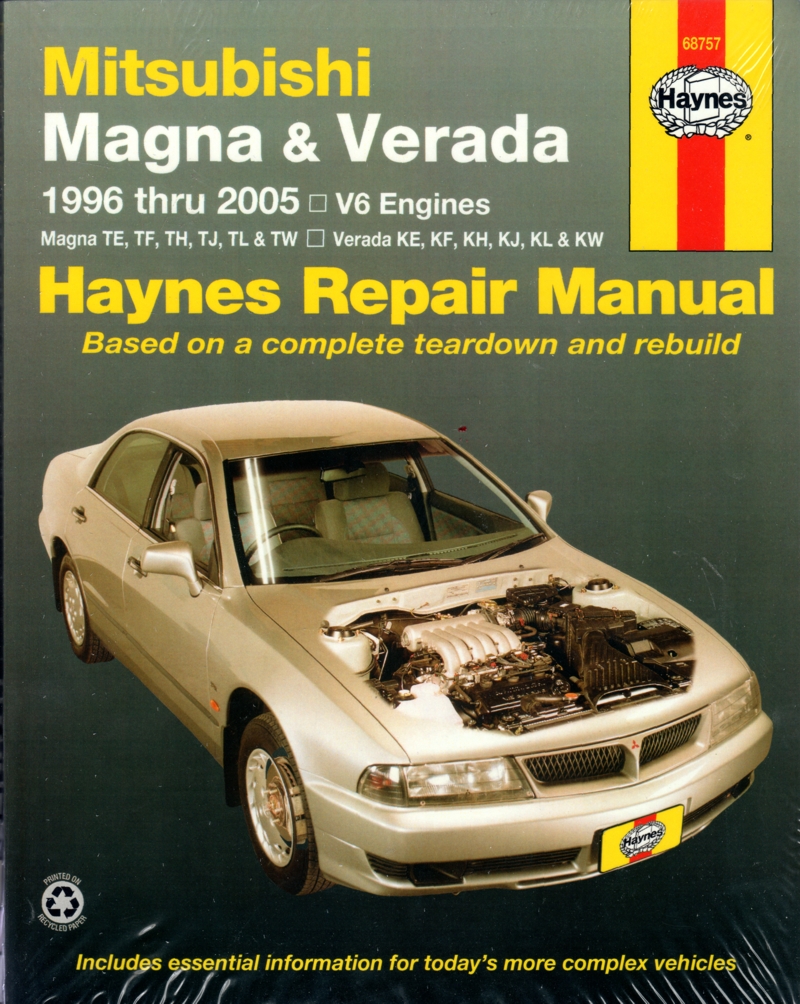


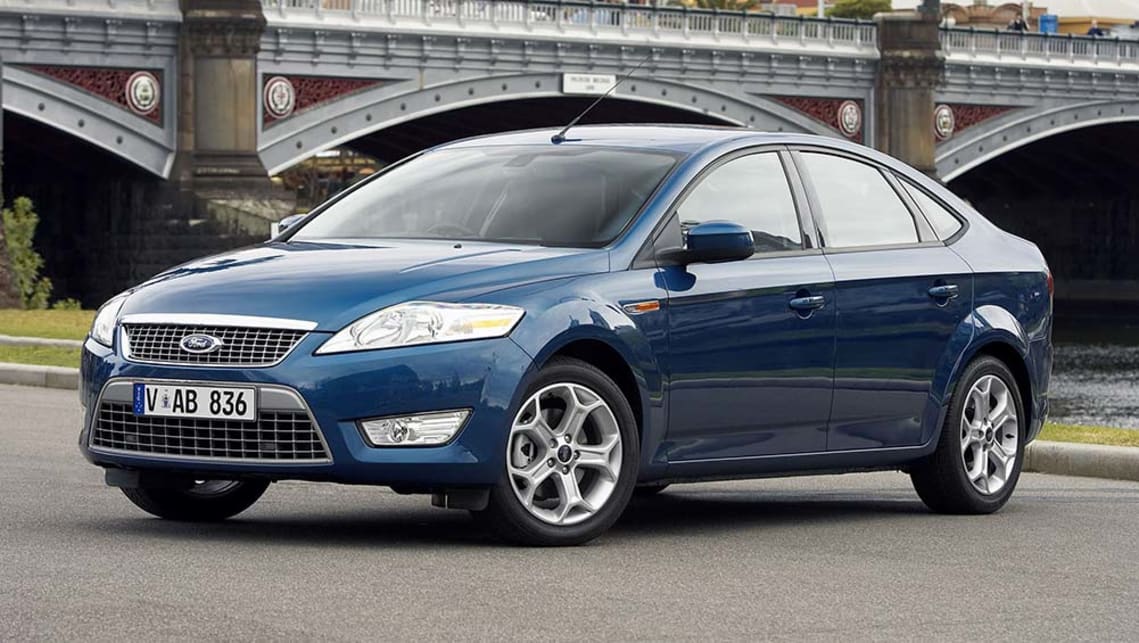
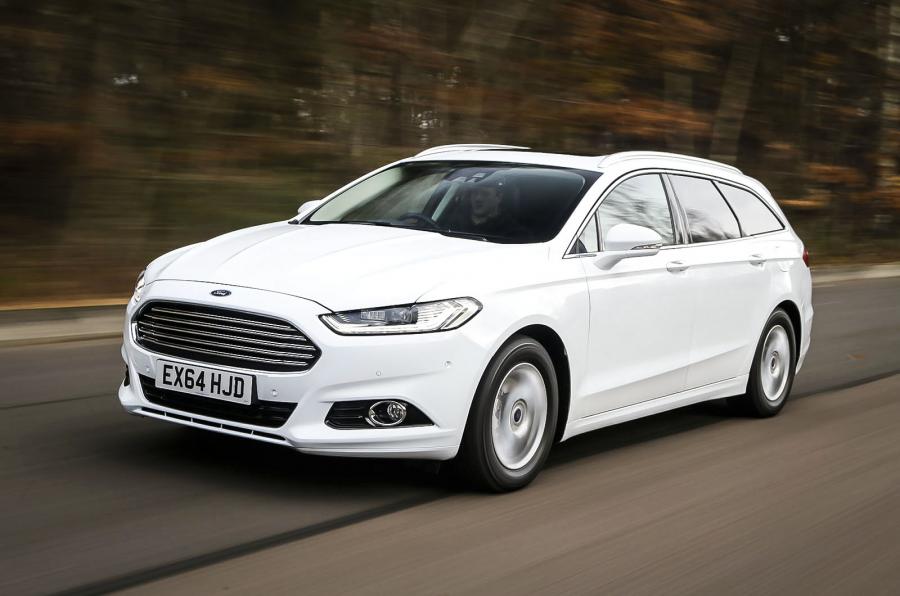
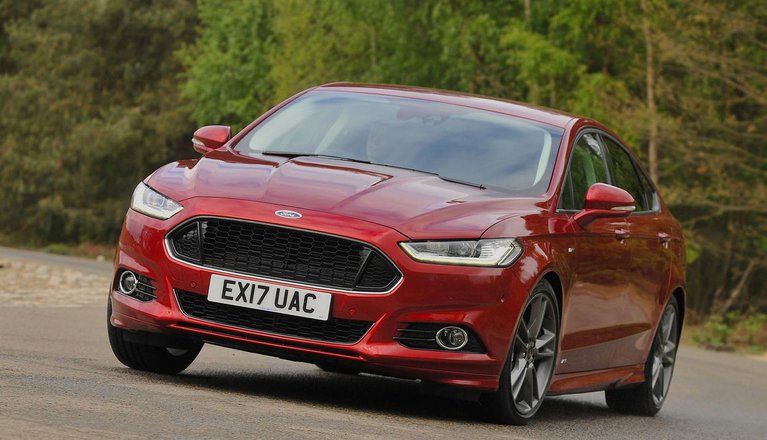
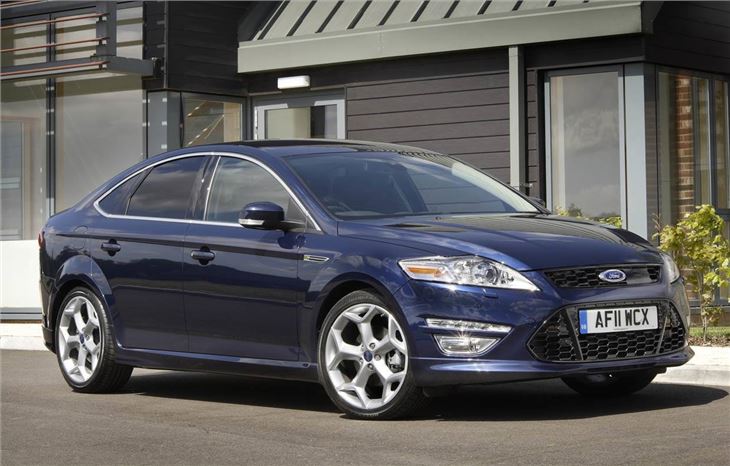
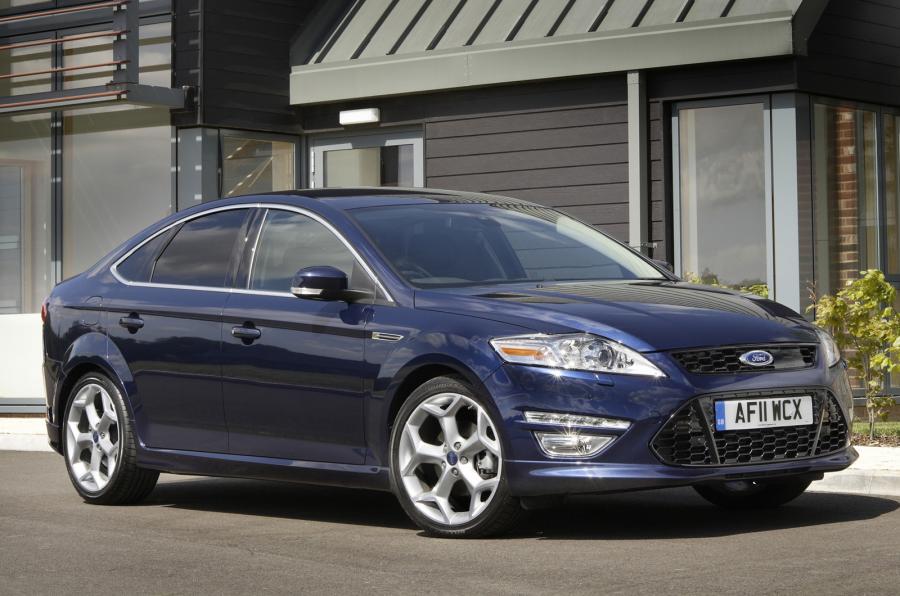
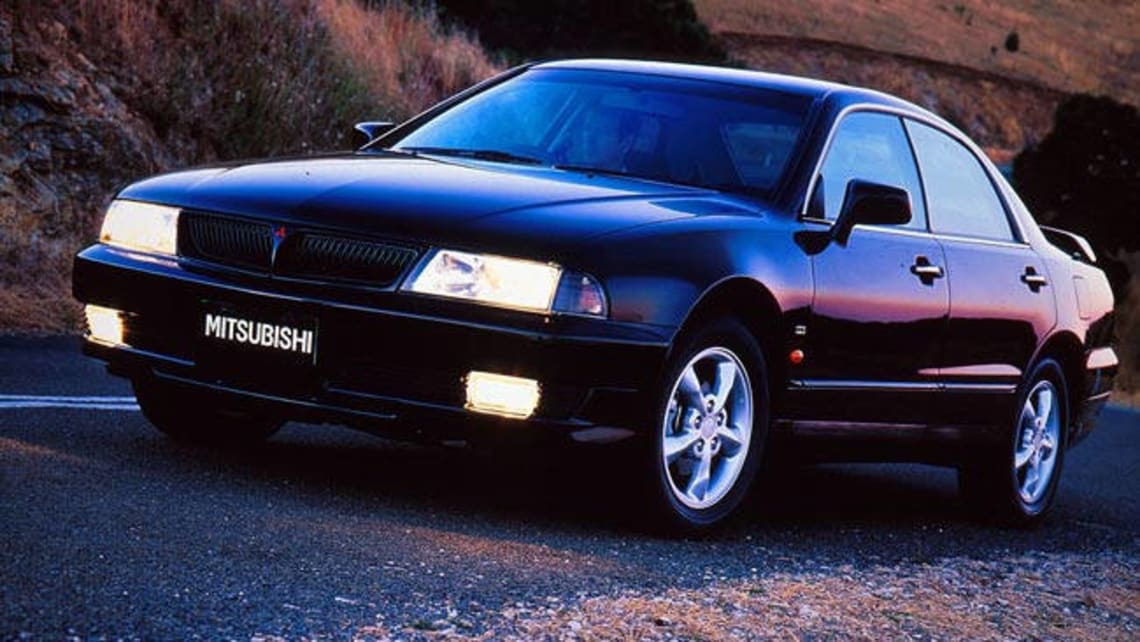
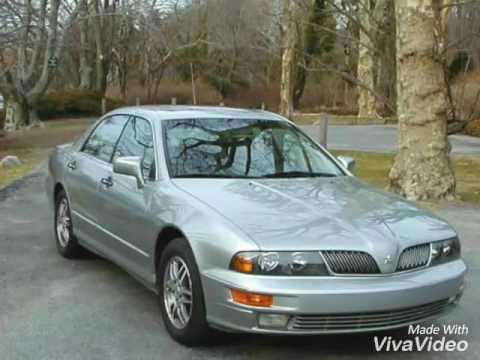
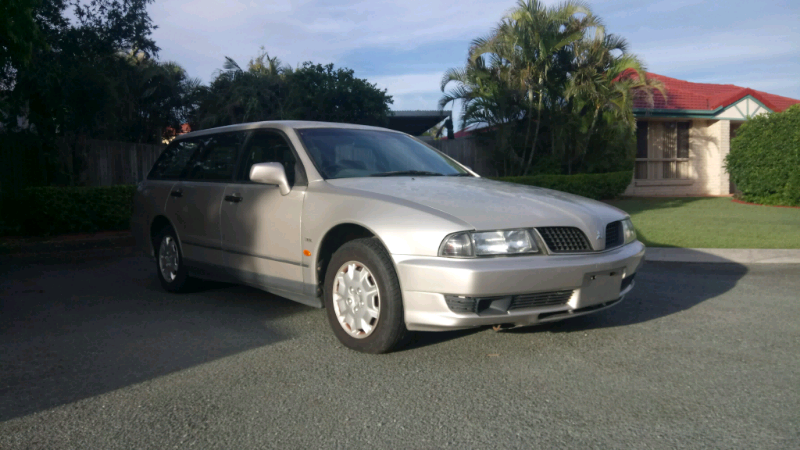
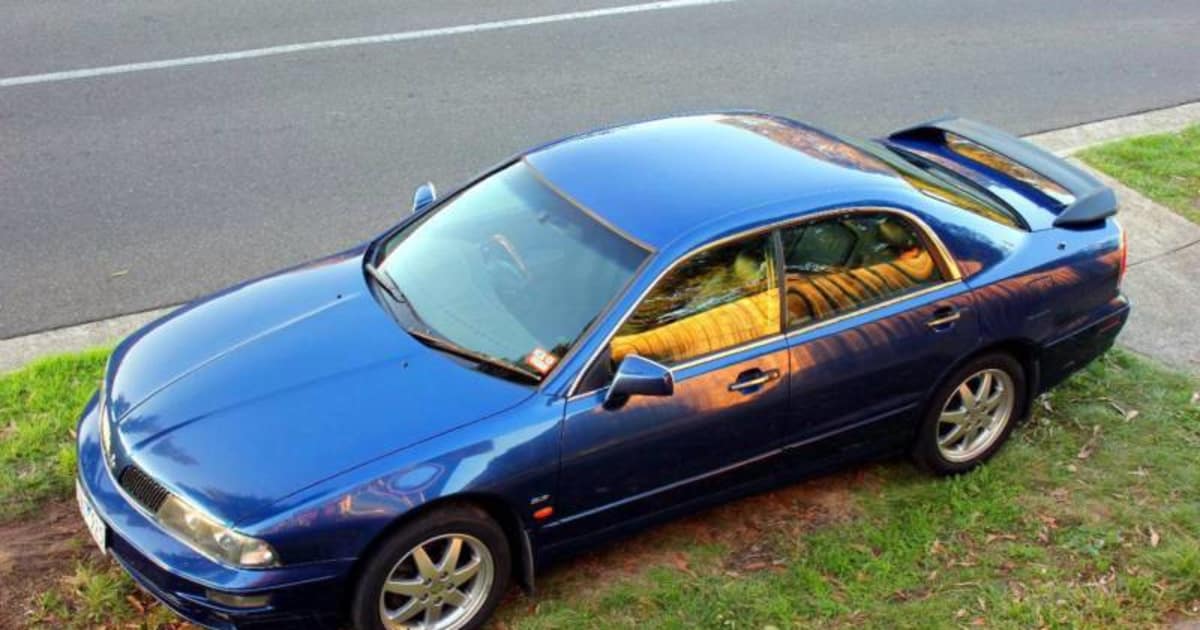
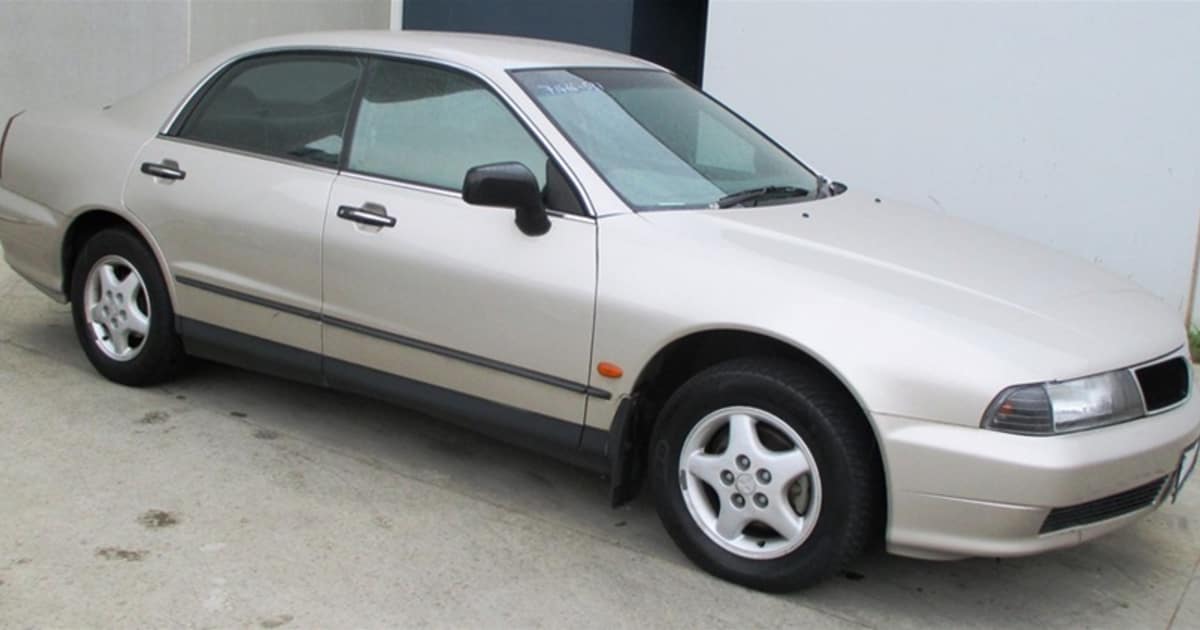
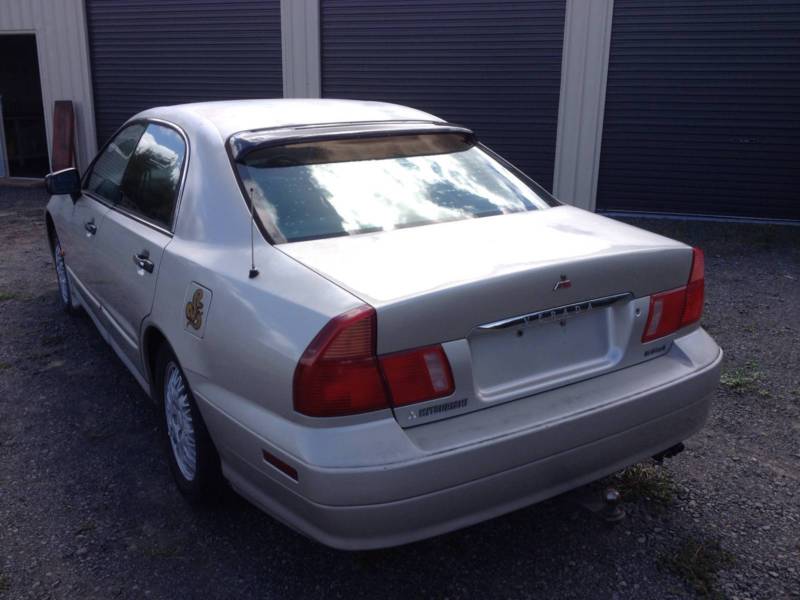 >
>